|
With many classes meeting in a virtual setting, I have been spending a lot of time thinking about how to create a group-worthy task that requires participation from every student in an online space. Below is my attempt to create this collaborative experience for our electricity and circuits review :) The general concept is that a group of four would have a unique google form for each student. The form is a series of "doors" that must be unlocked. These tasks all require some type of collaboration and use information from one of the other forms. This challenge can take place in an entirely virtual setting or in person to create what I feel is a truly groupworthy experience. This is my second attempt creating a virtual escape room. If you haven't seen the Motion Escape Room, I recommend checking it out for another example of what this could look like. I'm continuing to explore the possibilities of this format and tried a couple of new approaches in this Circuit Escape Room to mix things up. Some of the updates include:
Quick Start GuideIf you want to dive in right away, here's a quick description of what this task entails:
If you want to try out the task first (highly encouraged), check out the teacher link below for a google site that displays forms for all 3-4 players on one screen Clue WalkthroughWelcome Player… You must work with your team to earn your reward Your clues interact, and you cannot afford To leave groupmates behind or sit silently staring This is time for unmuting and time for screen sharing. This escape room requires your circuitry smarts You will face separate doors and will have unique parts Of the overall challenge. It will test your persistence As you calculate voltage, current, power, resistance Make sure that you're careful and read all the text When your team is all ready, you can start - just click "Next" Each of the "doors" that students need to make it through have a topic that is highlighted. Some challenges require students to solve parts of problem individually and combine with their teammates while others have a single challenge where students are each given unique clues to help solve. Door # 1 - Calculating PowerThe resistor shown below has a 3-watt power rating From this published limit, find volts by calculating Maximum voltage for the resistance shown by colors Too bad your data’s scrambled, compare lists with all the others For the first challenge, all student have the same general problem to solve: determining the maximum voltage based on the resistance and power rating of a resistor. The twist is that each student receives a different picture of a resistor to calculate for. Each form also includes the specs for a resistor, it just isn't the same resistor as the one that is pictured. They need to confer with their teammates to get the right information for their resistor based on the color code before calculating. The specs also include lots of unneeded information so they need to locate the important information. Door #2 - Equivalent Resistance
To make this groupworthy, no one student has access to all 6 resistor cards. Instead, each player's form has 3 of the 6 as seen below in the example from player 1. There are also optional questions with data validation set up for each of the resistor combinations so that students can check their answers to these individual parts before combining them all together. The distribution of these cards is done in a way that each one shows up on two students' forms so that they have a buddy that is also working on the same challenge in case they get stumped. It's also intentionally set up so that at least 3 of the 4 players need to be involved before finding the overall resistance. See the table below for the clue distribution in the 4-player version.
Door #3 - Circuit AnalysisCircuits are simply complete paths around For electrons to flow as components compound The electrical properties, junctions, and loops Will help find the colors as you work with your groups For this door, students need to solve some circuit analysis problems. Instead of requesting the information in a word problem, the "cards" are purely symbolic with a colored box highlighting the information needed to complete the color sequence provided at the bottom of the section. Once they think they have determined the identity of each of the 4 colored boxes, they need to enter in their answer as a 4 digit number in the order shown. Similar to Door #2, each student is given more than one value to solve so that they overlap with one of their other teammates and can support each other. As seen below, each player can see two of the four circuits that need to be solved.
Clues for the Maze (click the image to enlarge) Door #5 - Resistivity CalculationYou reach in your backpack and pull out a wire To get through this next door, you'll see I require The name of the metal, and for your calculation Each member has some of the right information To make it through Door #5, students need to work together to determine a wire's material by calculating its resistivity. To do this, each student needs to calculate one of the properties based on unique information that they have been provided. By combining length, resistance, and cross-sectional area to find resistivity, they can compare their value with the resistivity table to identify the material.
The PrizeYou made it to the end and the feeling is ELECTRIC! It's clear your group is ready, you accomplished every metric Share this code here with your teacher to prove that you are done I hope this helped review things and I hope that you had fun To make this transferable to other teachers without requiring customization, the prize at the end of the escape room is the in form of a number that can be submitted in a form or as a screenshot. The confirmation screen once a student makes it all the way through and submits can be seen below For a task focused on electricity and circuits, I thought it would be appropriate to base the secret code off of the elementary charge :) 3-Player vs 4-PlayerWhen you click into the forms, you'll notice that there are two versions of this task. Because it is crucial that no clue is missing to complete many of the challenges, the group size must match the activity. It is unlikely that every class will be perfectly divisible by 4 so I designed a version of this task for 3 players as well. This 3-player version follows the same challenges as the 4-player version but some of the group-wide collaboration clues are compressed so that they still receive all of the necessary information. I recommend splitting up groups to maintain as many 4-player teams as possible and use 3-player groups to make the final total work. :)
I've learned just how googleable this website has become for desperate students searching for the answers online, so I am not choosing not to post the map here. If you are hoping to use this in your classroom, please send me a message through my contact page and I will send you the map files within 24 hours Circuit Escape Room - TEST PAGEThe google site linked here is a way that you as a teacher can try out the task without needing multiple devices or tabs open in your browser. This isn't the link to share with students because the task is designed so they are only working in one of the forms, but it's useful to see this overview how they interact before assigning it to the class. Student Entry PageTo make the link sharing process less complex, the google form links are organized in this google site. This is especially useful to make sure that students are accessing the correct version based on their group size. Since the results from this site aren't shared, have them take a screenshot of the final confirmation screen or share the secret passcode for proof that they completed the challenge. FilesIf you would prefer to post separate links, or modify questions, or receive your own results report, here are the links to individual google forms. Note: if you want to make edits, it will force a copy into your google drive so that it won't disrupt the original version. Other FilesThere were a lot of new diagrams and images compiled to create this activity. The Google folder linked below contains all of the images and editable files used. Other ResourcesCreating "groupworthy" tasks for physics both online and in person has been a passion project for me lately, Here are some of my other favorite lessons with this gamification flair :) Click for more Electricity resources ⬇
Comments
|
Joe CossetteFather, Physics Teacher, Knowles Fellow, Friend, Techie, and Musician Blog Posts |

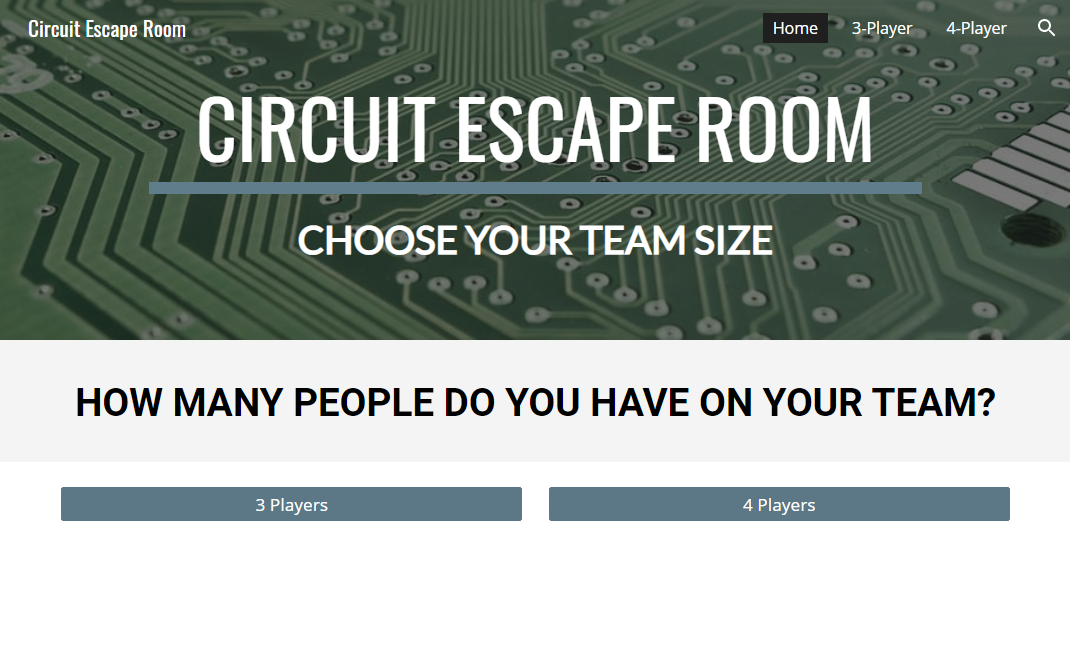
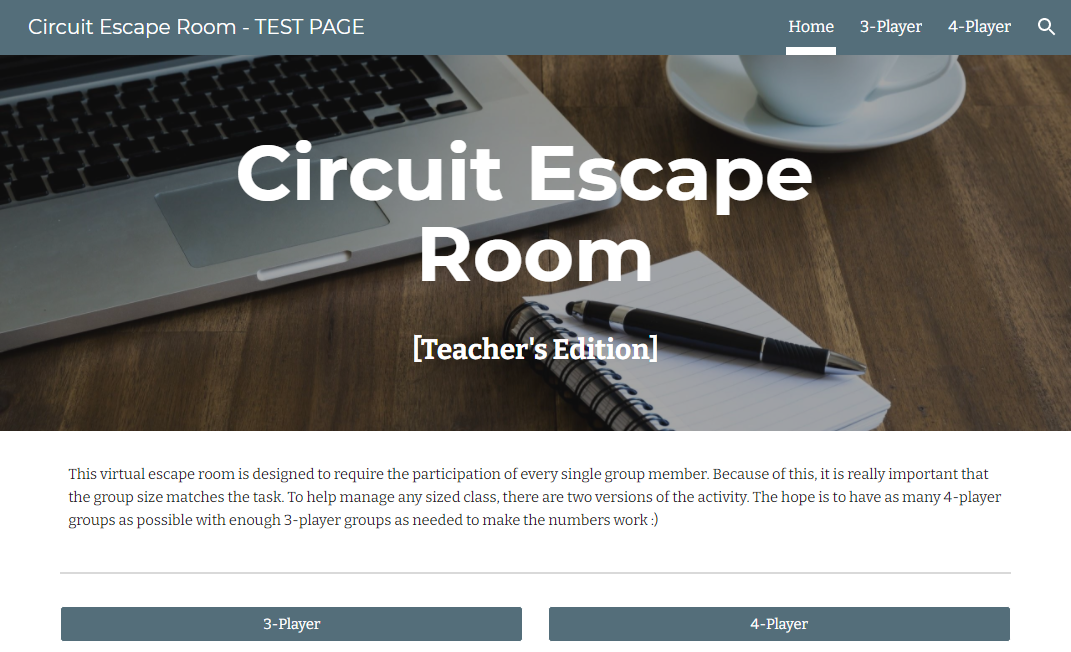
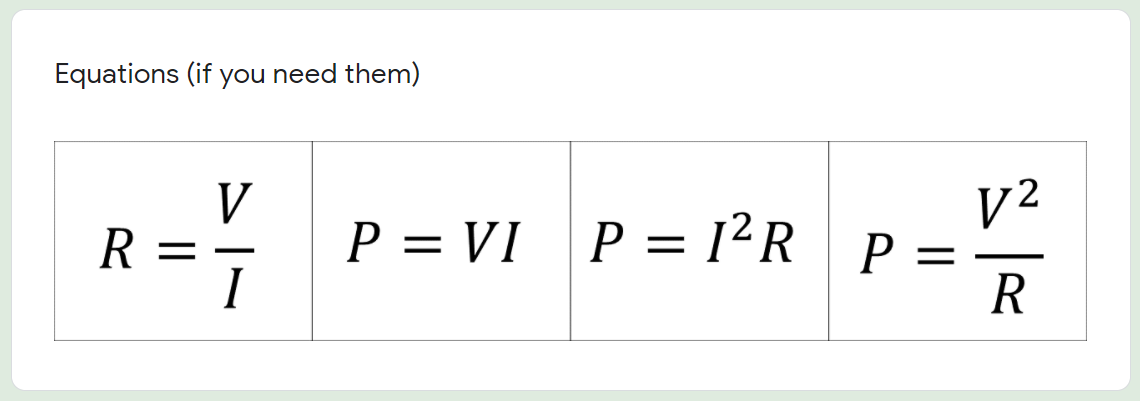
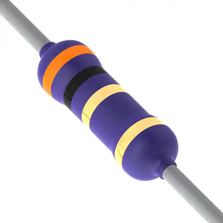
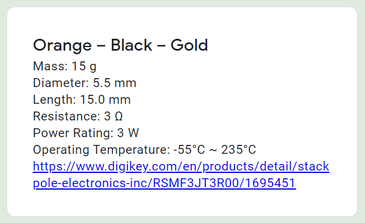
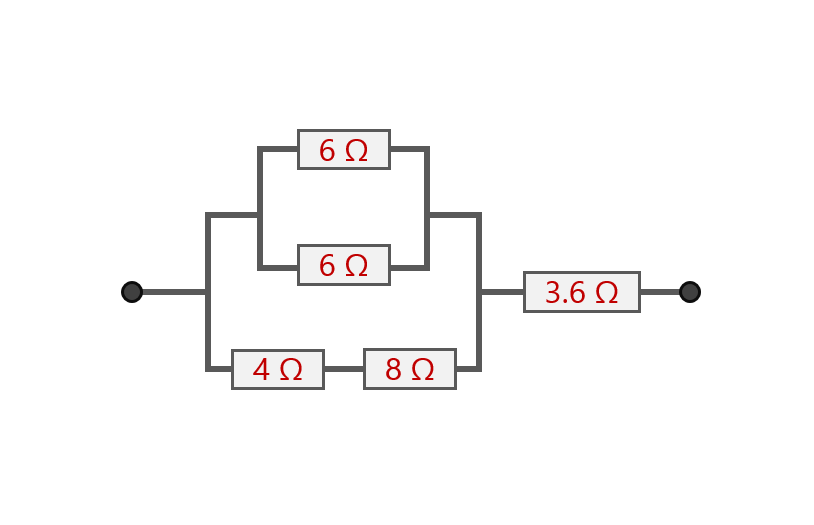
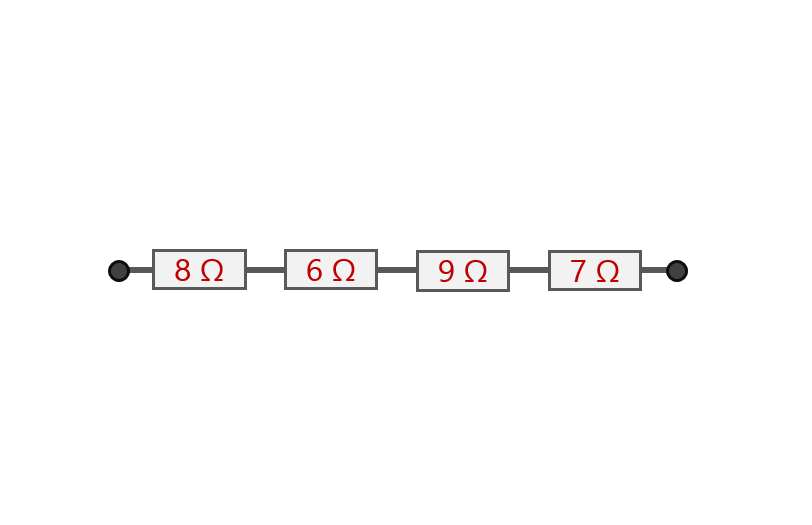
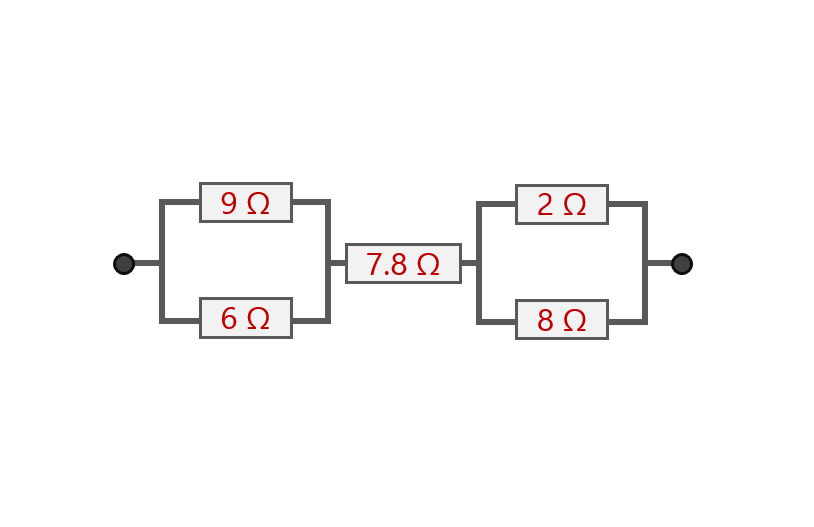
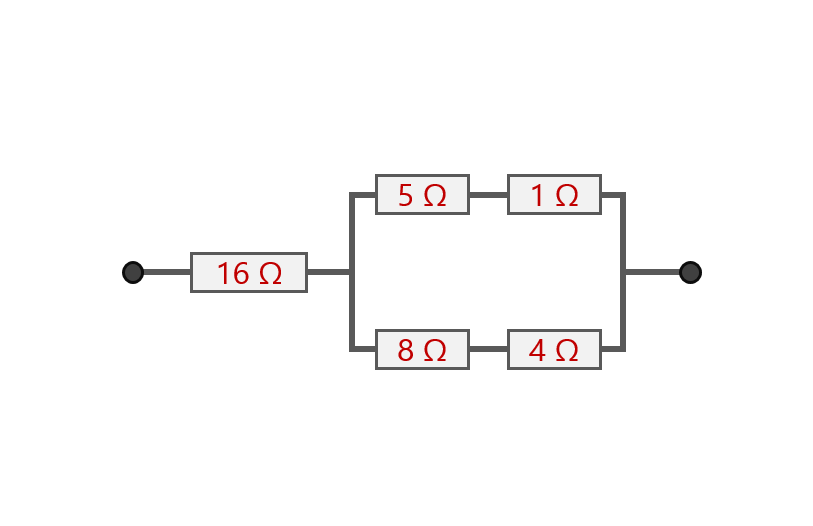
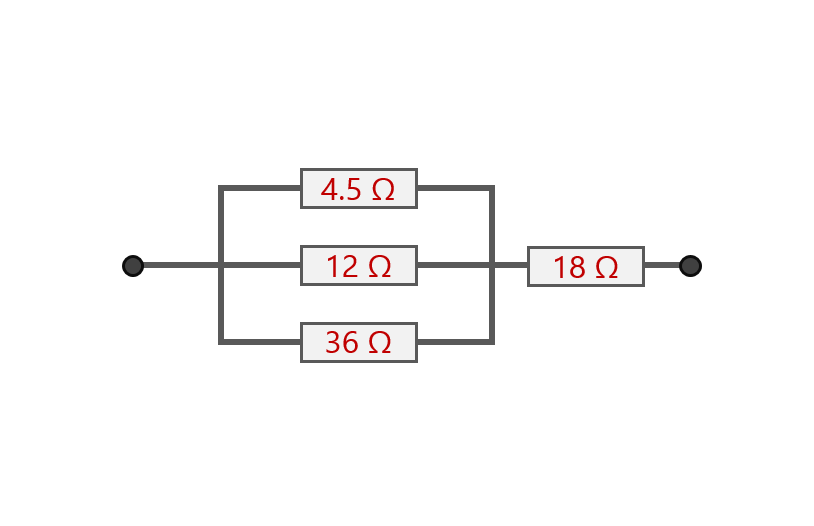
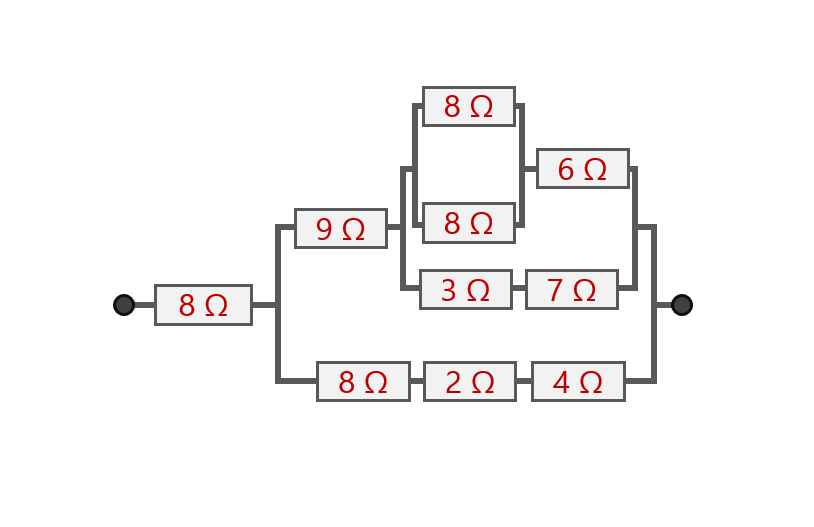


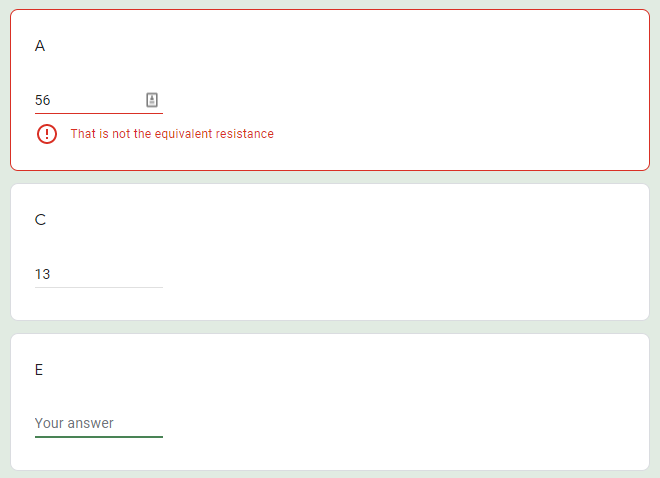
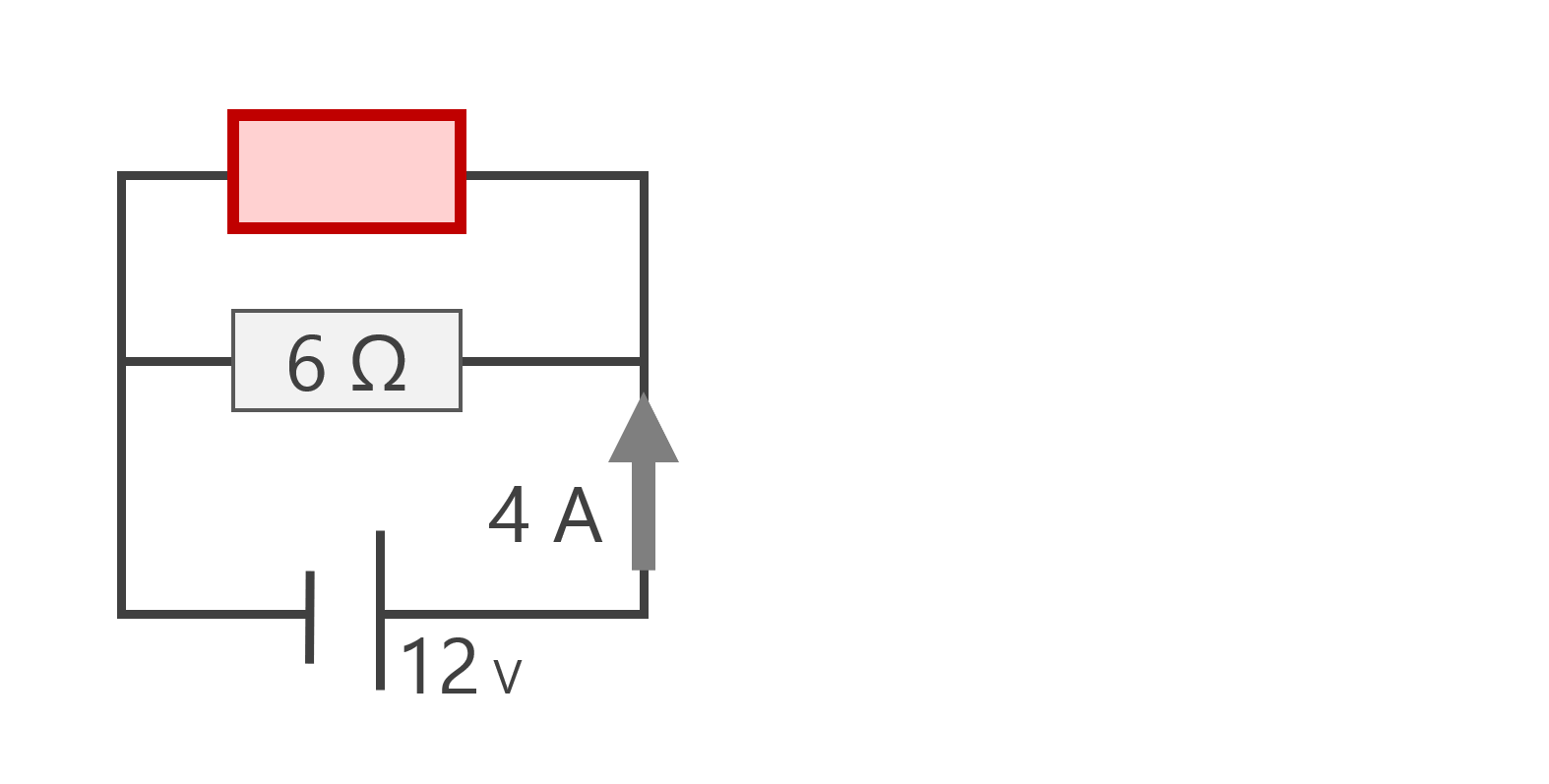
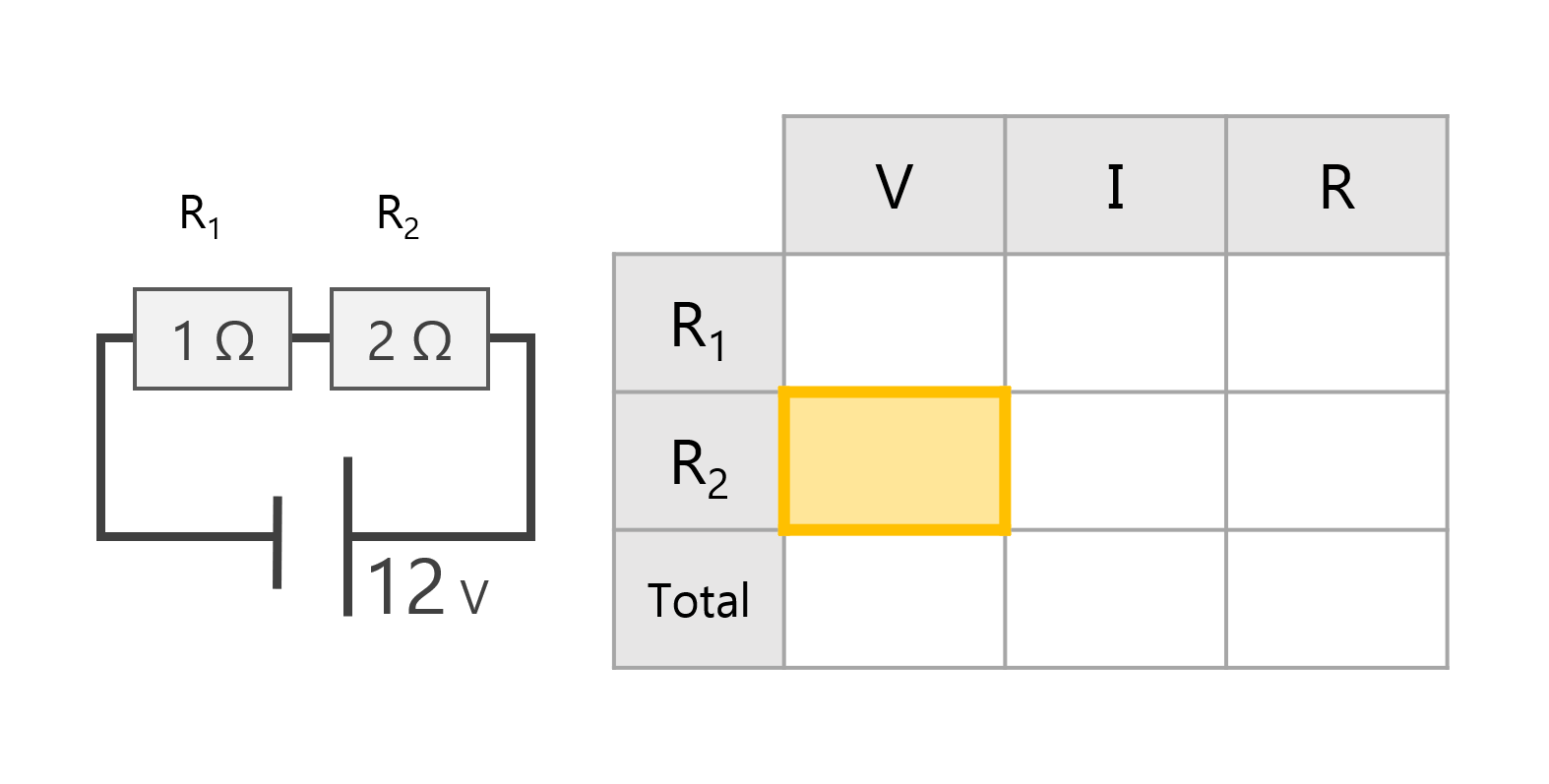
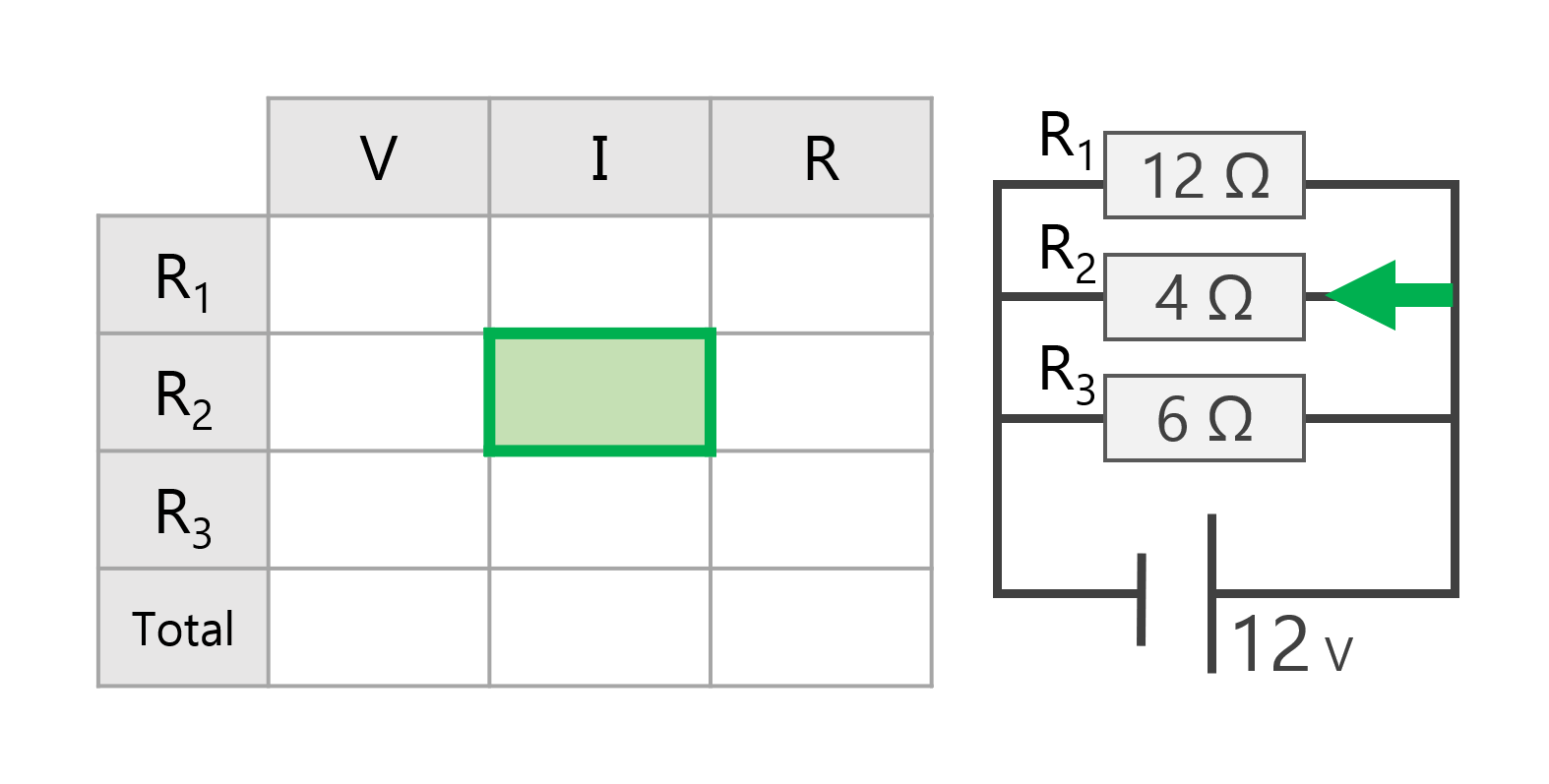
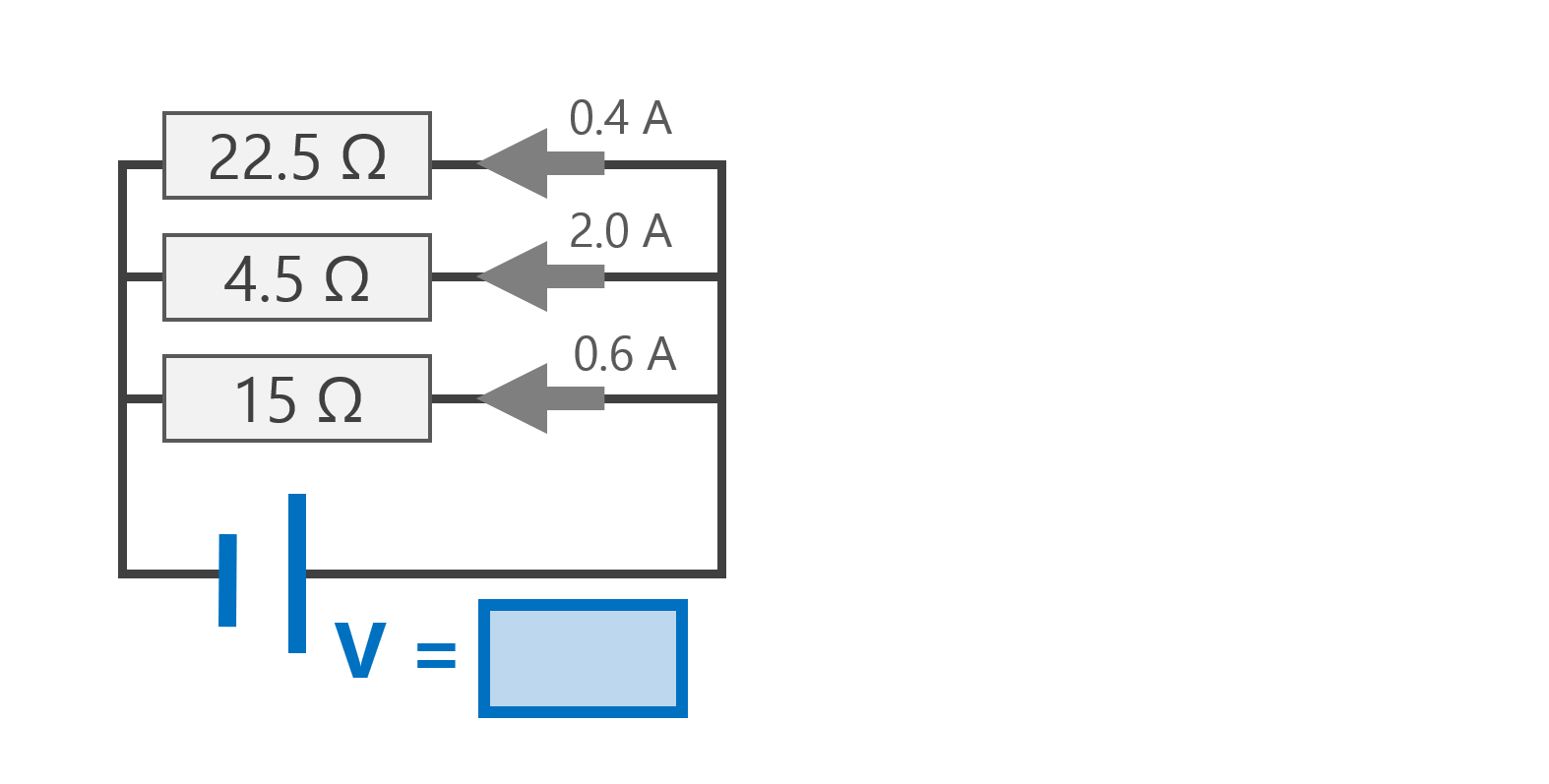






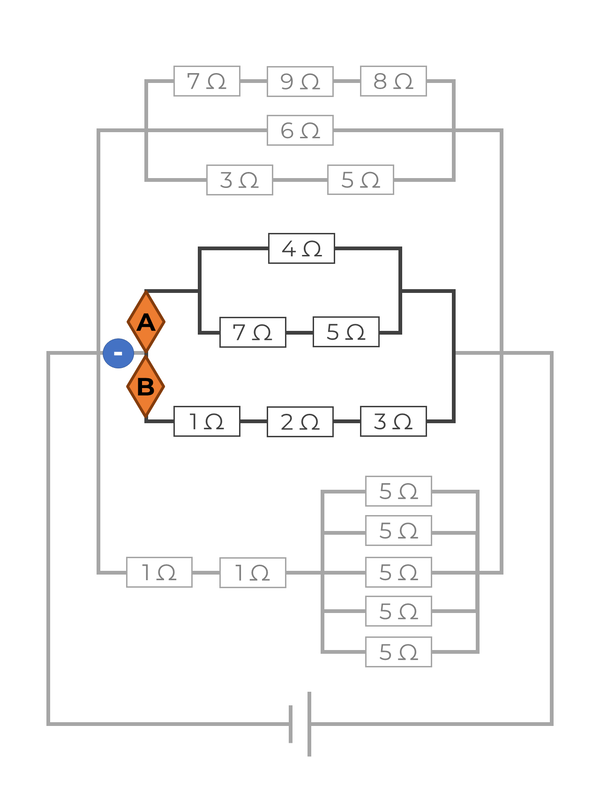
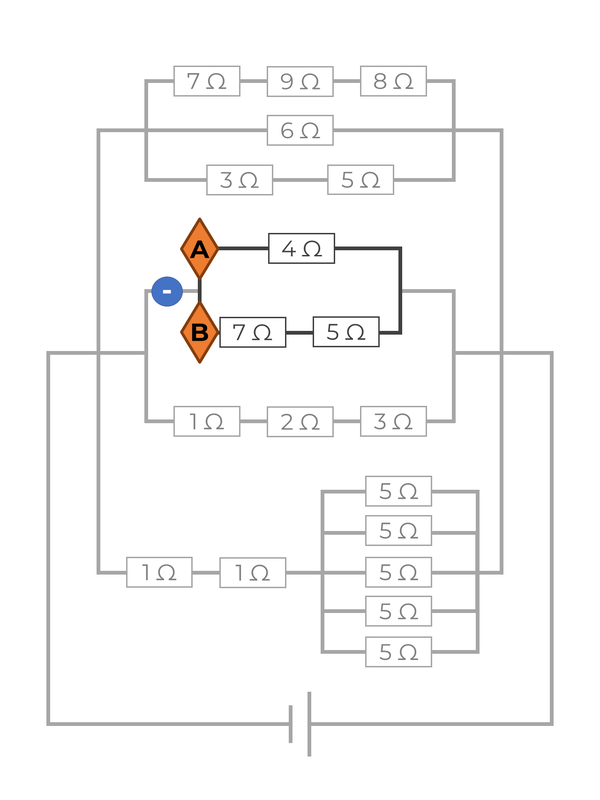

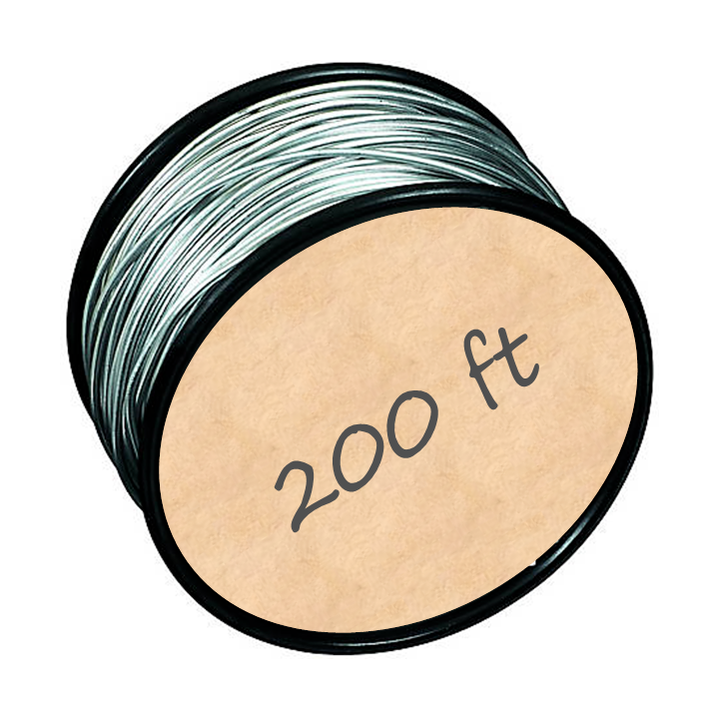
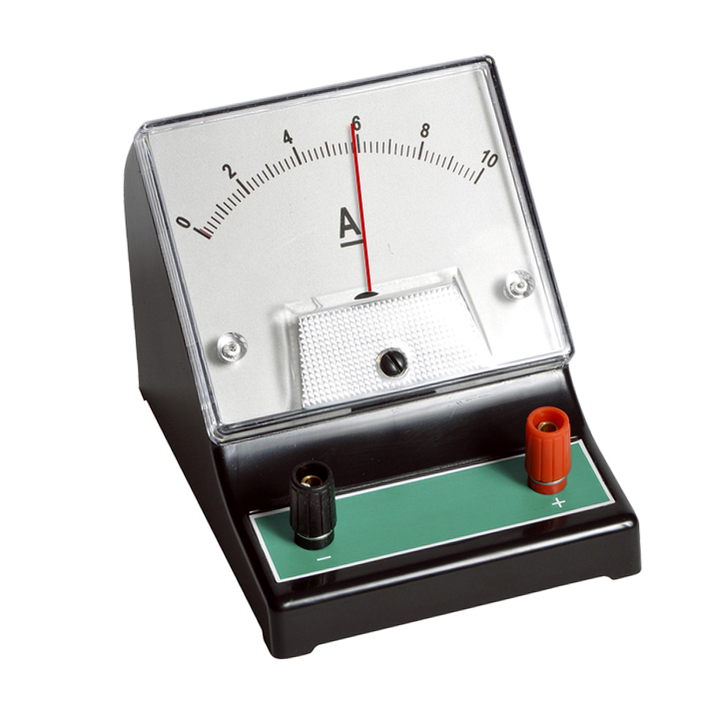



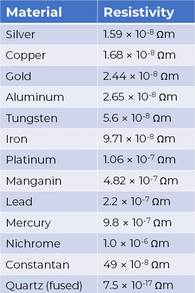

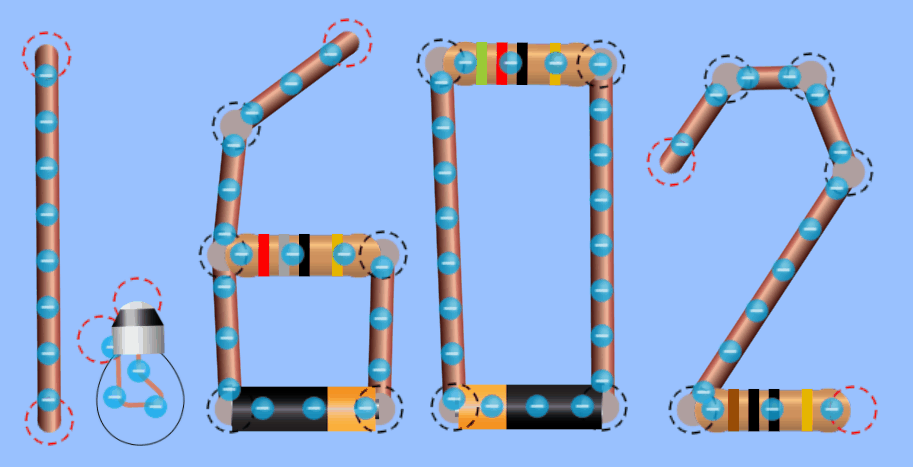


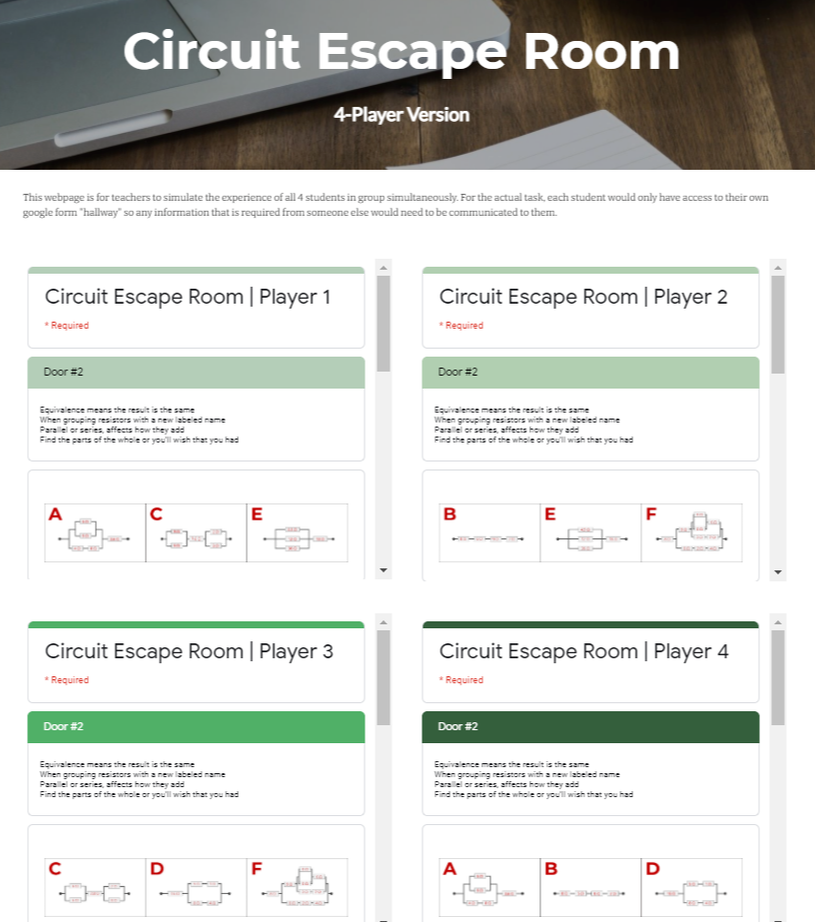
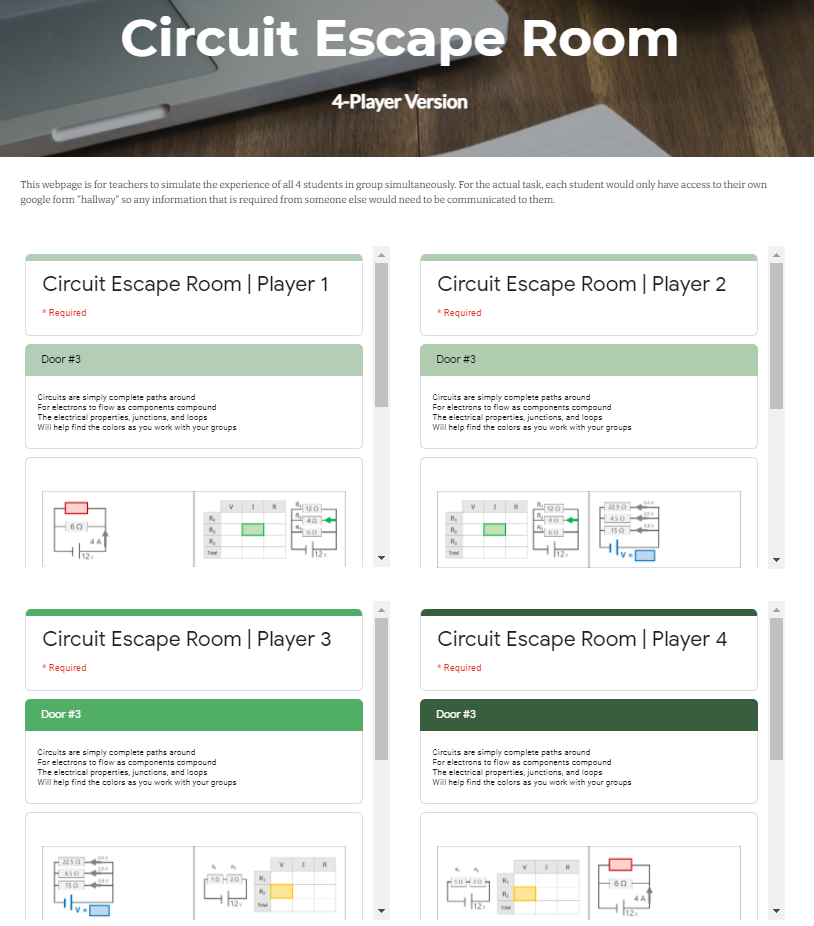
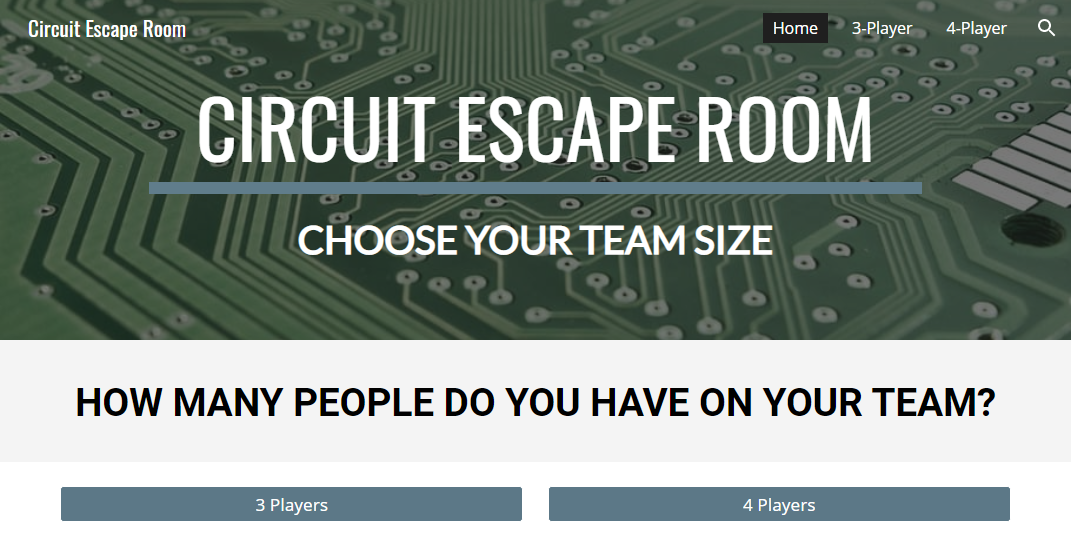
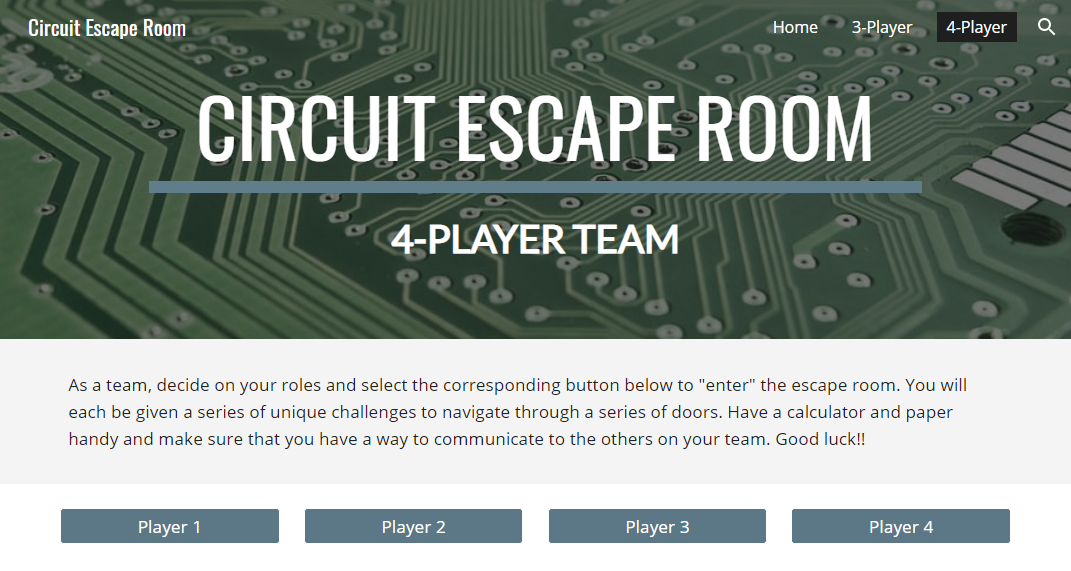

 RSS Feed
RSS Feed

